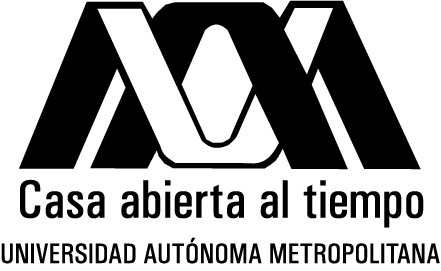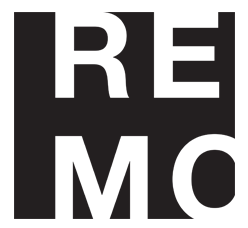Methodological Framework


The methodological approach of the Exploratorium is grounded in the examination and construction of hierarchical networks known as lattices. This class of networks is distinguished by its properties as partially ordered sets, establishing a comprehensive hierarchy.
Hierarchical networks
Lattices have the property that for any pair of nodes there is only one minimal node and one supreme node. These hierarchical characteristics are updated within the domain of theoretical frameworks, the fundamental components universally applicable to various theories are strategically located at the top. This upper level encompasses entities such as protophysics, topological complexities, and geometric properties, while lower levels house current and specialized models, reflecting a nuanced hierarchical organization.
Formal Concept Analysis
Starting from formal contexts represented by incidence tables (G,M,i), our methodology establishes intricate relationships between classes of models (objects) and their associated attributes, that is, sets of axioms. Formal Concept Analysis (FCA), a mathematical theory based on Birkhoff lattice theory and the Galois connection, plays a fundamental role. FCA systematically recovers formal concepts (certain ordered pairs of objects and attributes), organizes them hierarchically and represents them as frameworks, offering a deep insight into the structural interdependencies of the concepts.
Navigating Additive and Subtractive Paths
Every lattice featured here traces its roots to a meticulous formal reconstruction, revealing two distinctive paths:
Additive Reconstruction: Following the trajectory proposed by Bernhard Riemann and Mario Bunge (1967), this path commences with a modest differential manifold, subsequently enriched with geometric properties. Explore lattices titled Protophysics,
Analytical Dynamics,
and Basic Theories.
Subtractive Reconstruction: Originating from Felix Klein’s proposition, this path initiates with a differential manifold endowed with broad properties that are selectively constrained. This methodology is evident in Michael Friedman’s (1983) classifications, Clifford Will’s (1981) taxonomy, and Sotiriou and Faraoni’s (2010) f(R) Theories,
as well as Mendoza and Barrientos’ (2018) Extended Theories.
These reconstructions, sharing formalism and notation, converge seamlessly into a cohesive theoretical holon.
More detailed information in Mariana Espinosa’s PhD thesis (in Spanish) Visualizaciones de redes conceptuales de teorías del espacio-tiempo y la gravitación
, and an article in English here.